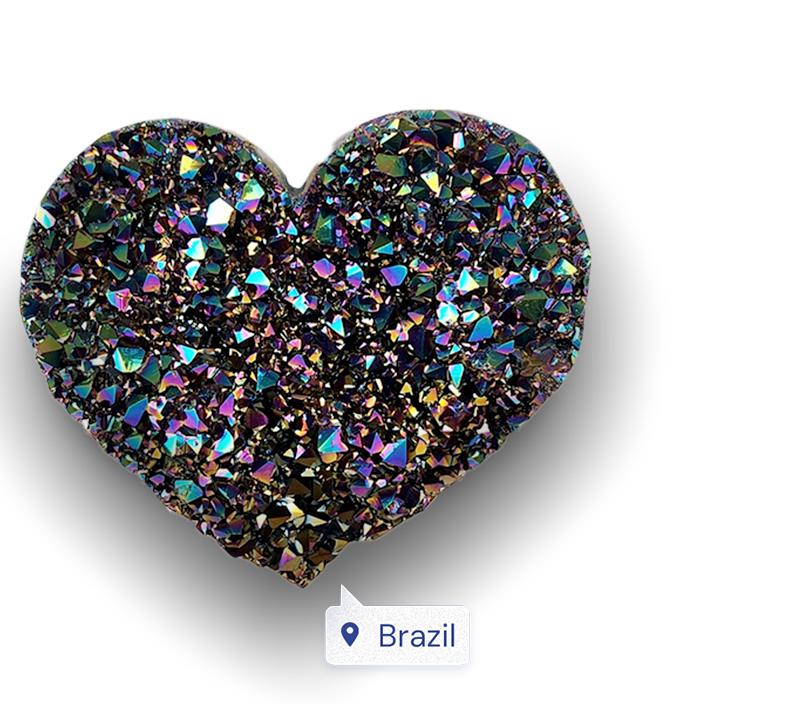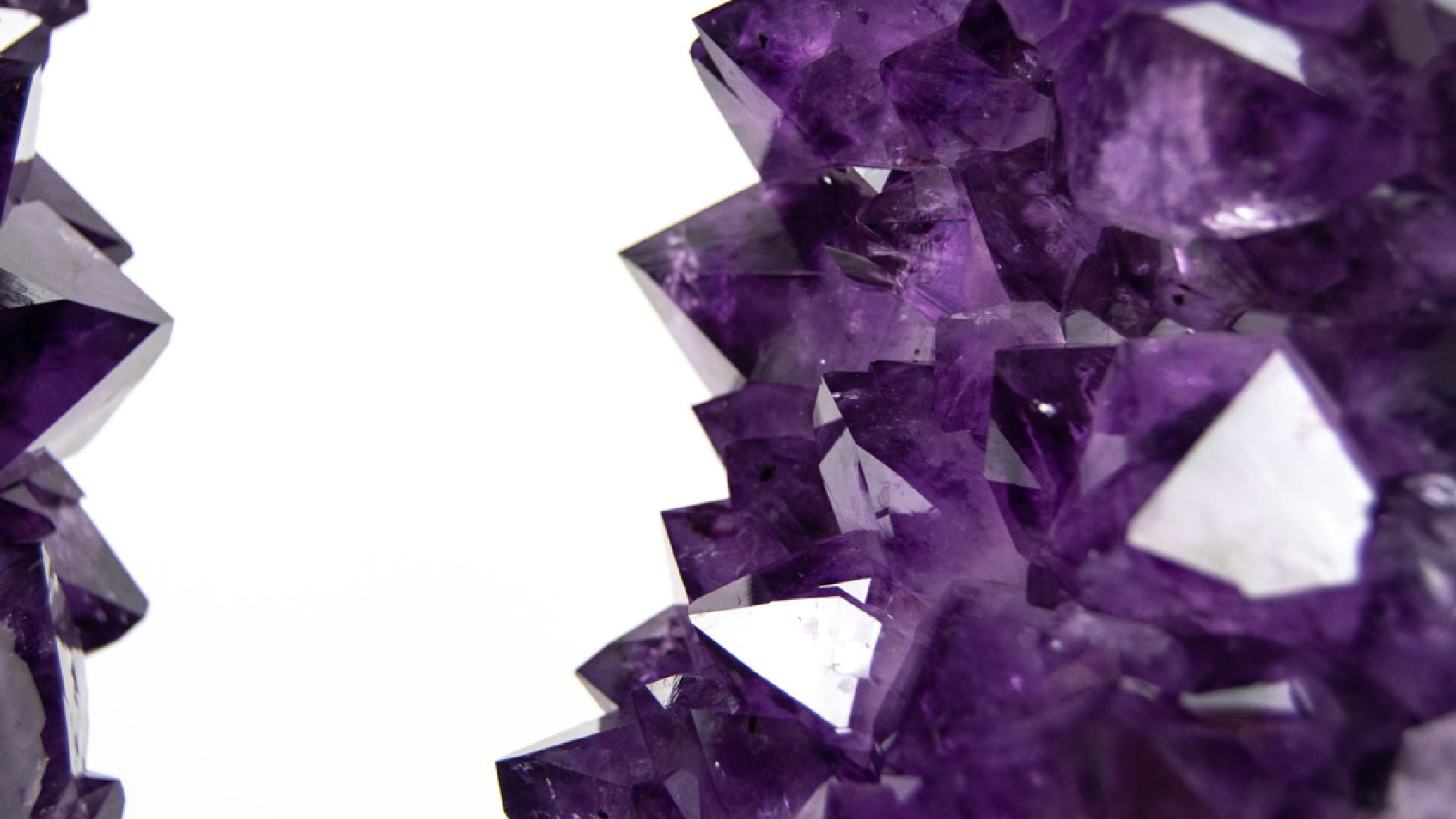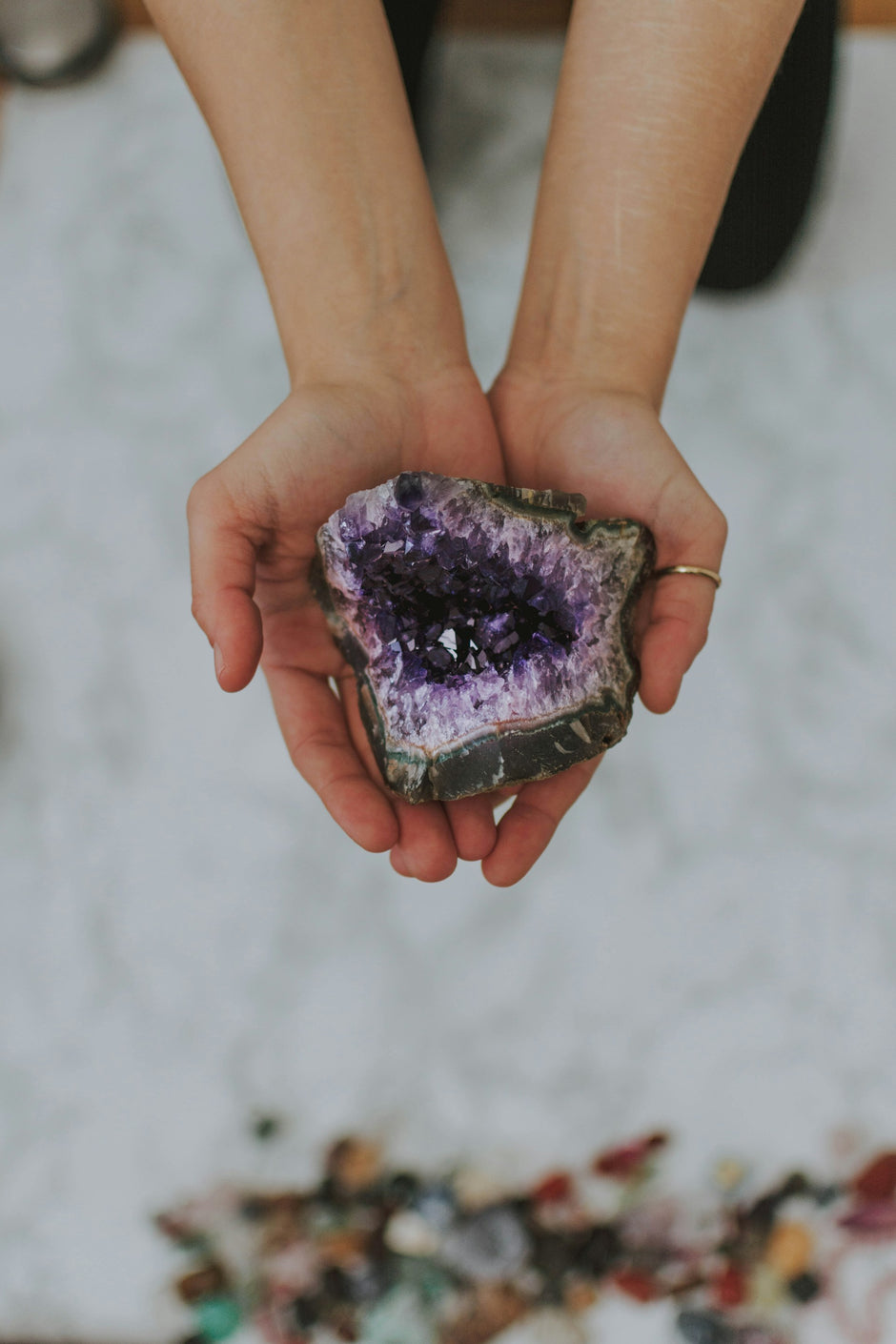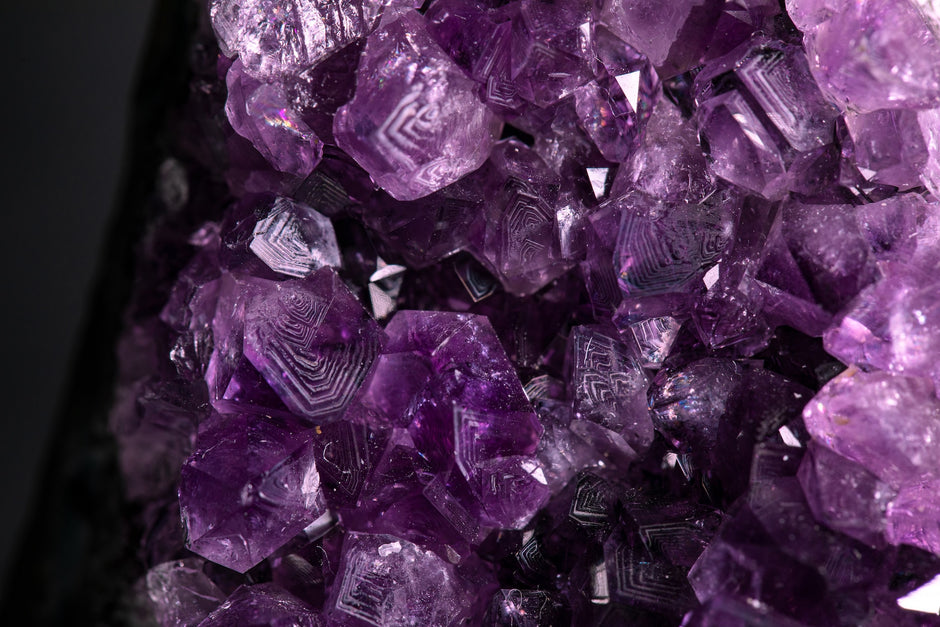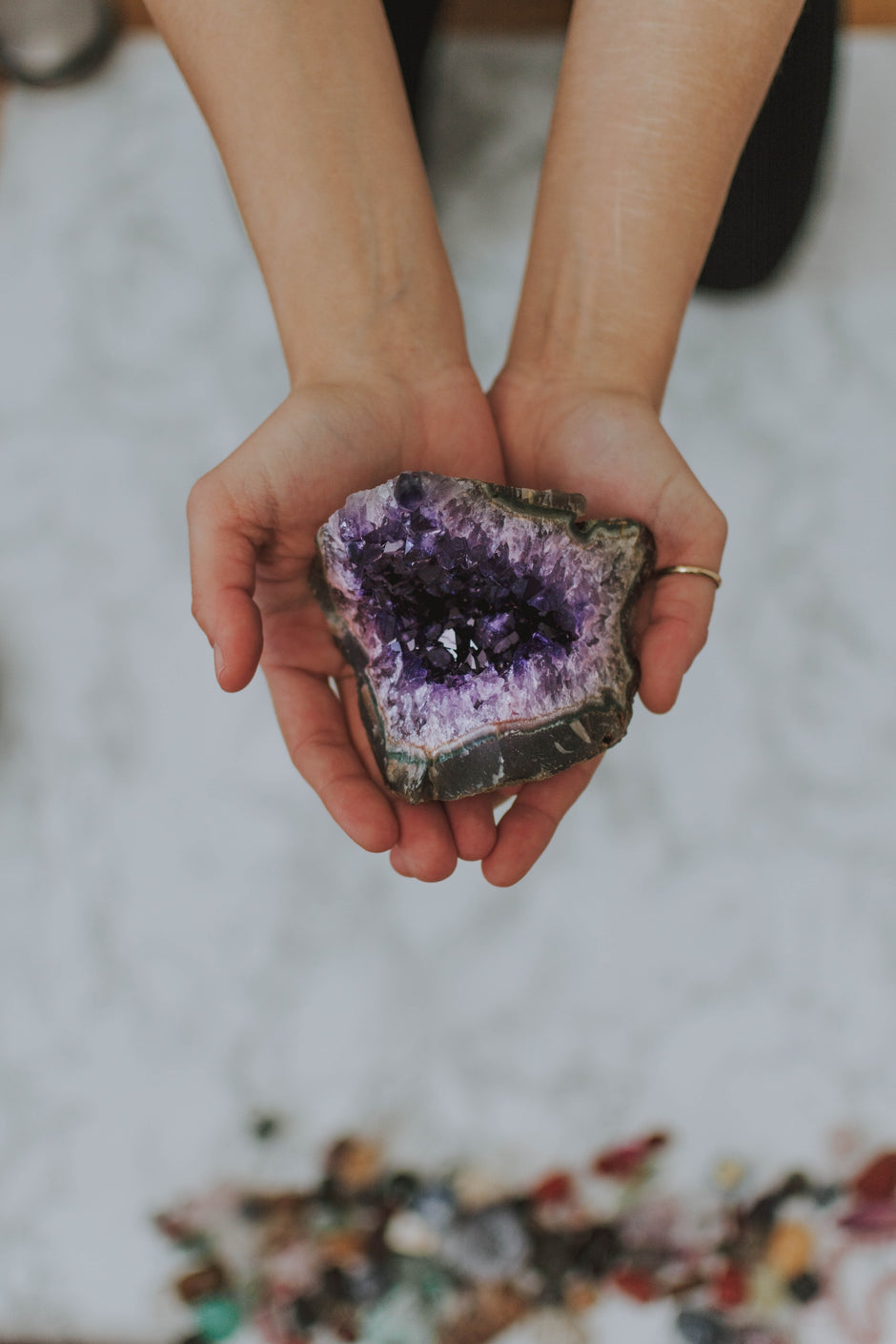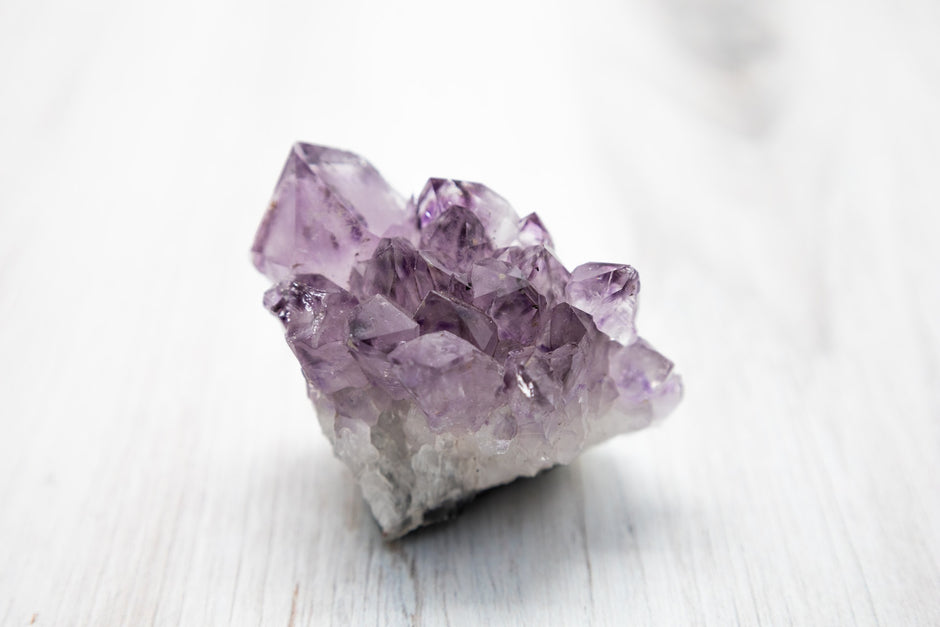Did you know that sapphire, a gemstone often associated with wisdom in Western culture, is considered a symbol of heaven and joyful devotion in Eastern traditions? Gemstones are more than just beautiful pieces of the Earth; they carry meanings that transcend borders and time.
In this comprehensive guide, we will delve into the fascinating world of Gemstones as Symbols in Different Cultures. From the historical significance of these precious stones to their varied meanings in Western, Eastern, and Indigenous cultures, this article aims to be your go-to resource for understanding the cultural symbolism of gemstones.
Understanding the cultural contexts and symbolic meanings of gemstones can enrich your experience, whether you're buying jewelry, engaging in spiritual practices, or simply appreciating the beauty of these natural wonders.
So, if you've ever wondered about the deeper meanings behind the gemstones you wear or gift, read on to explore Gemstones as Symbols in Different Cultures.
Ready to embark on a sparkling journey through cultures and meanings? Let's uncover the hidden symbolism behind the world's most enchanting gemstones.
The Historical Significance of Gemstones
Long before gemstones became the centerpiece of our jewelry, they held a place of importance in human history. From ancient civilizations to modern times, gemstones have been revered, traded, and used in various cultural practices. In this section, we'll explore the Historical Significance of Gemstones and how understanding this can enrich your appreciation for these precious stones.
The use of gemstones can be traced back to ancient civilizations like Egypt, where lapis lazuli was considered a symbol of royalty and the heavens. Similarly, in ancient Greece, amethyst was believed to protect against drunkenness. These early uses highlight how gemstones were more than just decorative items; they carried deep symbolic meanings.
In various religious texts and spiritual practices, gemstones have been cited for their mystical properties. For example, in Hinduism, the Navaratna, a combination of nine gemstones, is believed to bring good luck and spiritual balance. In Christianity, the Breastplate of Aaron is described in the Bible as being adorned with twelve stones, each representing a tribe of Israel.
Gemstones have also played a crucial role in trade and politics. The famous Silk Road facilitated the exchange of gemstones like rubies and sapphires between the East and the West. Moreover, gemstones like diamonds have been at the center of political conflicts, underscoring their economic significance.
Understanding the Historical Significance of Gemstones not only enriches your appreciation for these beautiful stones but also provides context for their varied cultural meanings.
Next time you consider purchasing or gifting a gemstone, take a moment to delve into its historical significance. This added layer of understanding can make your experience more meaningful and may even guide you in choosing a gemstone that aligns with your values or intentions.
Gemstones in Western Culture
When it comes to Western culture, gemstones like diamonds, rubies, and sapphires often come to mind. But have you ever stopped to consider what these stones symbolize? In this section, we'll delve into the meanings and symbolism of popular gemstones in Western Culture.
Diamonds
Diamonds are synonymous with love and commitment, often used in engagement rings to symbolize a lasting bond. The durability and brilliance of a diamond make it a fitting symbol for eternal love.
Rubies
Rubies are another gemstone that holds significant meaning in Western culture. Known for their deep red color, rubies are often associated with passion, courage, and even power. They are popular choices for gifts that signify love and affection.
Sapphires
Sapphires are prized for their stunning blue hue and are often linked to wisdom and nobility. In Western traditions, they are considered stones that bring clarity and understanding, making them popular choices for scholarly and spiritual pursuits.
Emeralds
Emeralds, with their lush green color, are symbols of renewal and growth. They are often associated with spring and are believed to bring good fortune and youthfulness to those who wear them.
Whether it's the eternal love symbolized by diamonds or the wisdom embodied in sapphires, understanding the role of Gemstones in Western Culture can guide you in making meaningful choices when it comes to selecting or gifting these precious stones.
The next time you're considering a gemstone purchase in a Western context, think beyond the aesthetic appeal. Consider the cultural symbolism and choose a gemstone that aligns with your personal values or the message you wish to convey.
Gemstones in Eastern Culture
While diamonds and rubies may dominate the gemstone landscape in the West, Eastern cultures have their own set of cherished gemstones, each with unique symbolic meanings. In this section, we'll explore the significance of popular gemstones in Eastern Culture.
Jade
In Chinese culture, jade is more than just a gemstone; it's a symbol of purity, nobility, and perfection. Often used in traditional carvings and jewelry, jade is believed to bring good luck and protect against negative energies.
Pearl
Pearls, especially in Indian culture, are considered symbols of innocence and purity. They are often used in wedding ceremonies and are believed to bring peace and wisdom to the wearer.
Coral
In Japanese culture, coral is highly valued for its vibrant red color, which is believed to symbolize life force and vitality. It's often used in amulets and talismans to protect against evil spirits.
Turquoise
In Tibetan culture, turquoise is considered a heavenly stone that connects the physical and spiritual worlds. It's often used in religious artifacts and is believed to bring good fortune and spiritual insight.
Understanding the role of Gemstones in Eastern Culture can offer a new perspective on these beautiful stones, enriching your experience whether you're buying, wearing, or gifting them.
If you're interested in Eastern philosophies or planning to gift a gemstone in an Eastern cultural context, consider choosing one that aligns with the values and beliefs of that culture. This will not only make your gift more meaningful but also show your respect and understanding of the culture.
Gemstones in Indigenous Cultures
Beyond the well-known gemstones of Western and Eastern cultures, indigenous communities around the world have their own unique relationships with gemstones. In this section, we'll explore the rich tapestry of meanings behind gemstones in Indigenous Cultures.
Turquoise
In Native American culture, turquoise is highly revered as a symbol of the sky and water, as well as a connector of the spiritual and physical worlds. It's often used in ceremonial jewelry and is believed to offer protection and healing.
Opal
In Australian Aboriginal culture, opal is considered a very spiritual stone that is deeply connected to the Dreamtime, the ancient period of creation. It's believed to enhance cosmic consciousness and encourage mystical visions.
Amazonite
In various South American indigenous cultures, amazonite is known as the "Stone of Courage." It's believed to dispel negative energy and improve confidence, making it a popular choice for amulets and talismans.
Obsidian
In Mesoamerican cultures, obsidian is often used in spiritual rituals and is considered a mirror to the soul, revealing truths and encouraging self-discovery.
By exploring the role of Gemstones in Indigenous Cultures, we can gain a deeper appreciation for the diverse ways in which these stones are revered and utilized across different communities.
If you're interested in indigenous art or spirituality, consider incorporating gemstones that are significant in these cultures into your collection. Doing so not only enriches your understanding but also honors the cultural significance of these gemstones.
The Universal Language of Gemstones
While gemstones may carry different meanings across various cultures, some stones have universal themes that resonate globally. In this section, we'll explore the Universal Language of Gemstones and how certain stones transcend cultural boundaries.
Citrine
Citrine is one gemstone that seems to have a universal appeal. Known for its clarity and versatility, it's yellow glow is used in various cultures for healing, enhancing spiritual growth, and amplifying energy.
Amethyst
Amethyst is another stone that crosses cultural lines. Whether in Western spirituality or Eastern philosophies, this purple gem is commonly associated with peace, tranquility, and protection against negative energies.
Lapis Lazuli
From ancient Egypt to modern metaphysical practices, lapis lazuli is universally considered a stone of wisdom and truth. Its deep blue color is often associated with the divine and the infinite.
Garnet
Garnet is a gemstone that's commonly linked to vitality and passion. Whether in the context of love in Western cultures or as a symbol of life force in Eastern philosophies, its deep red hue universally signifies energy and vigor.
Understanding the Universal Language of Gemstones allows us to see how these beautiful stones can serve as common threads, uniting people from different walks of life through shared symbolism.
When choosing a gemstone that you want to resonate universally, consider opting for stones like quartz or amethyst, which carry meanings that are widely accepted across cultures. This makes them excellent choices for gifts or personal use, regardless of cultural background.
Practical Applications
Now that we've explored the rich symbolism of gemstones across various cultures, you might be wondering how to incorporate these meaningful stones into your daily life. In this section, we'll discuss the Practical Applications of Gemstones.
1. Jewelry
One of the most common ways to incorporate gemstones is through jewelry. Whether it's a turquoise necklace for protection or a diamond ring for commitment, choosing a gemstone with symbolic meaning can add an extra layer of significance to your adornment.
2. Home Decor
Gemstones can also be used to enhance the energy of your living space in the form of home decor. For instance, placing an amethyst cluster in your bedroom can promote tranquility, while a quartz crystal in your workspace can help to amplify focus and clarity.
3. Rituals and Spiritual Practices
Many people use gemstones in their spiritual practices. Whether it's using jade in a meditation session or incorporating garnet into a love ritual, the symbolic meanings of these stones can enhance your spiritual journey.
4. Gifts
When gifting a gemstone, consider its cultural and universal symbolism. A pearl necklace might be a perfect wedding gift in an Eastern cultural context, while a ruby could symbolize passionate love in a Western setting.
By understanding the Practical Applications of Gemstones, you can make more informed choices that align with your intentions, whether you're buying for yourself or gifting to someone else.
Think beyond the aesthetic appeal of gemstones and consider their symbolic meanings when incorporating them into your life. Whether it's through jewelry, home décor, or spiritual practices, choose gemstones that resonate with your intentions and cultural understanding.
In Conclusion
We've journeyed through the fascinating world of Gemstones as Symbols in Different Cultures, exploring their historical significance, cultural meanings in the West, East, and among indigenous communities, as well as their universal language and practical applications.
Understanding the rich tapestry of meanings behind gemstones can greatly enrich your experience, whether you're buying, wearing, or gifting these beautiful stones. It adds a layer of depth and significance that goes beyond mere aesthetic appeal.
As we've seen, the symbolism of Gemstones as Symbols in Different Cultures is a captivating subject that offers insights into history, spirituality, and even our daily lives.
Ready to make your next gemstone choice more meaningful? Whether you're looking to make a purchase, gift a loved one, or simply deepen your understanding, we encourage you to explore and appreciate the diverse cultural and symbolic meanings behind the world's most enchanting gemstones.
